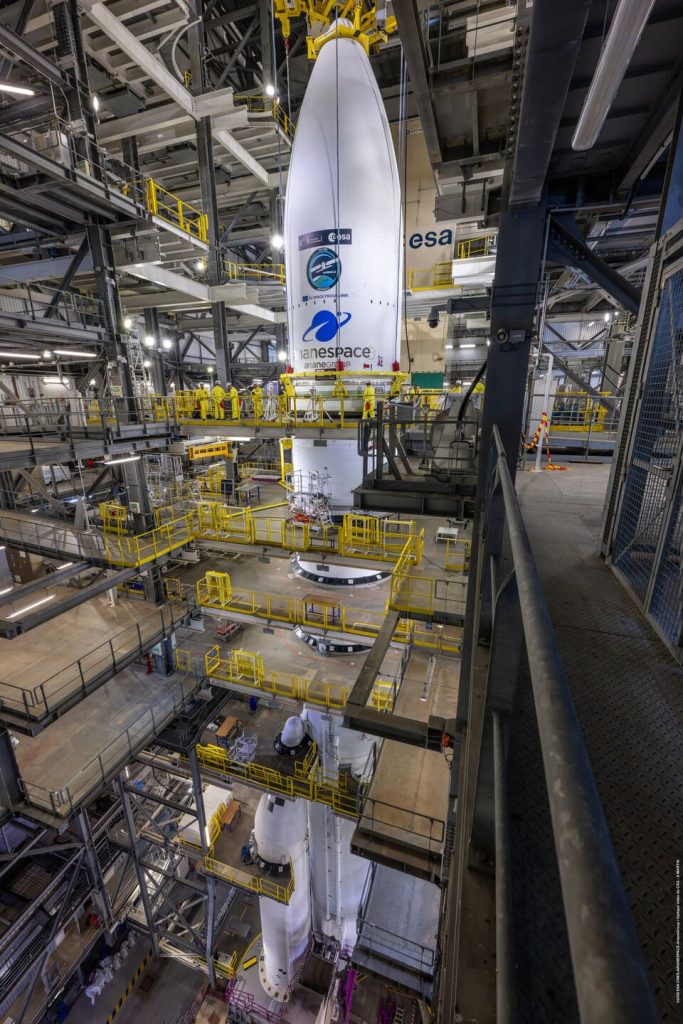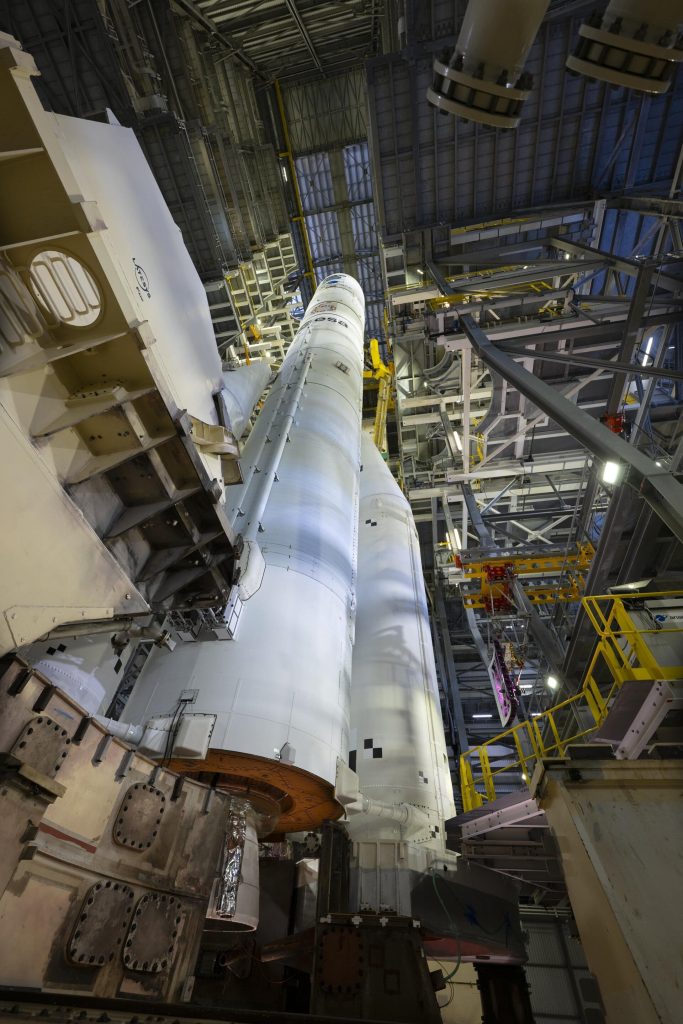The Copernicus Sentinel-1 mission continues to expand its reach with the launch of the Sentinel-1D satellite, which joins the already operational Sentinel-1A, 1B, and 1C. This constellation, developed by the European Space Agency (ESA) as part of the European Union’s Copernicus program, provides images of the Earth’s surface in all weather conditions, both day and night.
Sentinel-1D, launched on November 4, 2025, from the Kourou spaceport in French Guiana aboard an Ariane 6 rocket, reached its orbit after 34 minutes of flight and transmitted its first signal at 23:22 CET, confirming its successful communication with Earth. Its advanced technology will be key to monitoring sea ice, glaciers, and oil spills, as well as strengthening maritime surveillance through its Automatic Identification System (AIS) receiver, capable of tracking vessels even when they are not transmitting signals.
The director of ESA’s Earth Observation Programs, Simonetta Cheli, highlighted the significance of this new stage:
“This launch aboard Ariane 6 is important for ESA, as it completes the Copernicus Sentinel-1 mission: soon, Sentinel-1D will enter service and be fully operational, alongside Sentinel-1C. The continuity of service this provides to the European Union’s space program is vital to addressing the global challenges we face. Citizens will benefit from this mission’s contribution to scientific knowledge of our environment by providing accurate, reliable, and usable radar data on the movements of our ice sheets, our forest ecosystems, ground movements, and much more” (ESA, November 4, 2025).
Following its calibration phase, Sentinel-1D will replace Sentinel-1A, which has been operational since 2014 and has exceeded its expected lifespan. Sentinel-1C and 1D will operate in opposite orbits, separated by 180°, optimizing global coverage and continuous data delivery. In addition to capturing high-resolution images, the mission enhances the detection and tracking of vessels in maritime areas, providing information on identity, location, and trajectory.
With the addition of Sentinel-1D, the Copernicus Sentinel-1 mission consolidates its position as one of the world’s most advanced tools for continuous Earth observation, strengthening Europe’s capacity to respond to challenges such as climate change, natural resource management, and maritime safety. Its launch into orbit represents a new milestone in international scientific cooperation and in the generation of open knowledge at the service of humanity.





Image credits: ESA & Copernicus EU



